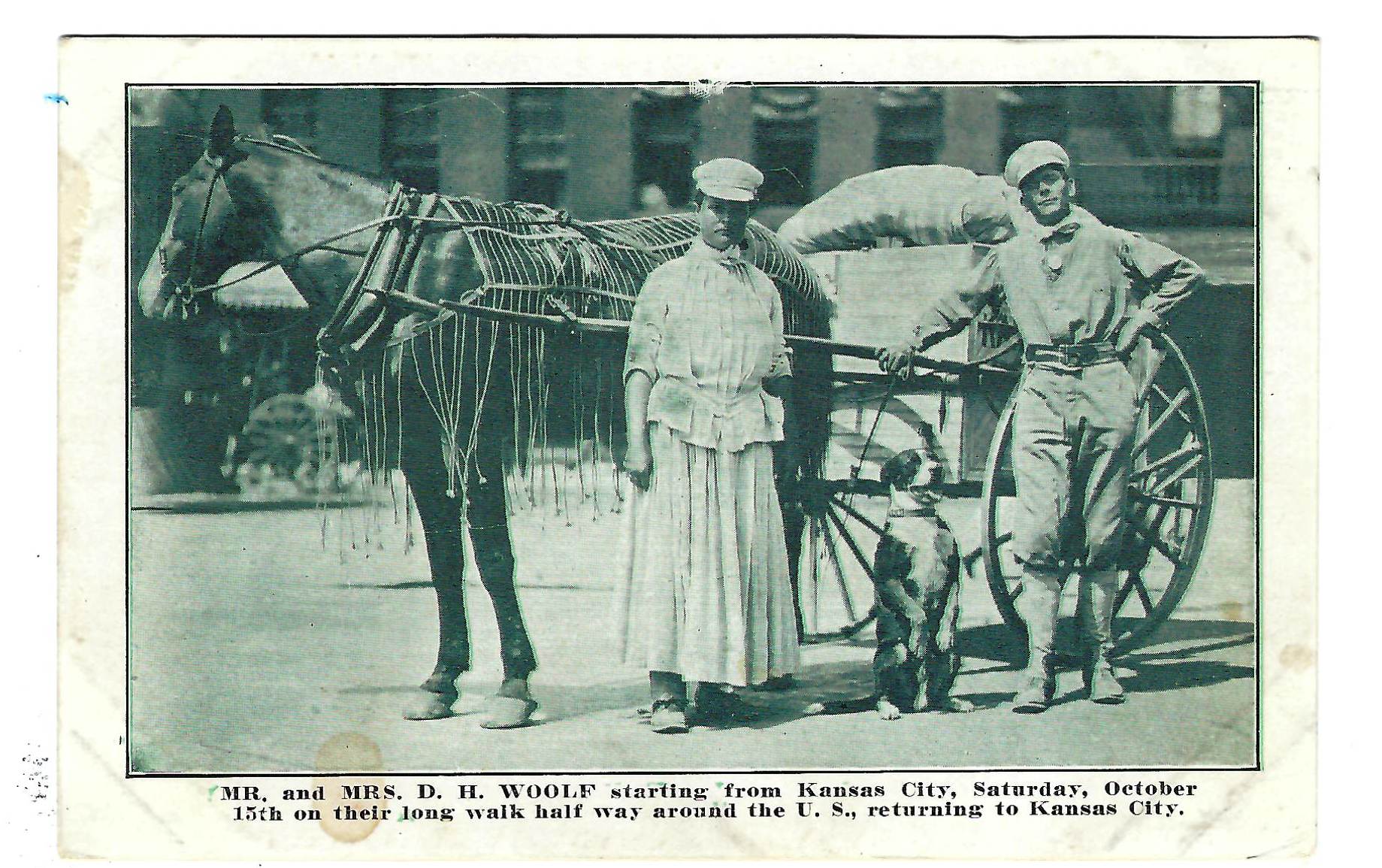By MICHAEL BUSHNELL
Northeast News
July 17, 2013
What became known as “The Junction” was actually the intersection of three primary streets in early downtown Kansas City with Vaughn’s Diamond at the center of the three streets.
Vaughn’s Diamond Building was one of the most prominent buildings in Kansas City during the 1800s and early 1900s. The property was originally plotted as part of Ross and Scarritt’s addition, and in 1857, Samuel Vaughn, a local real estate agent and investor, purchased the property. Vaughn hired noted architect Asa Beebe Cross to design a long, narrow building that would fit the odd shaped parcel. The result was a four-story, Second Empire-style office building constructed in 1869 for roughly $30,000 that would dominate the downtown skyline for more than 40 years.
By 1890, the Ninth and Main streets intersection was one of the busiest intersections in the city, requiring a full-time traffic officer (Mike Tuite) to shout “wide awake” or “clear the tracks” to unwitting pedestrians who happened to be in the way of the Ninth Street streetcar that often came careening down the hill toward the Junction. The building was demolished in 1915 to make way for the new Westlake Hotel. After years of decline, the hotel was demolished in 1954 after the structure was sold to the Land Clearance Redevelopment Authority. Both streets were realigned, and today the statue “Muse of the Missouri” stands on the site.
The message on the back of the C.U. Williams postcard reads, “Dear Grace, I could not send you anything for Christmastime but will send your present as soon as I get downtown again. Love Bill.” The card was mailed to Grace Browning of Greencastle, Ind., on Jan. 13, 1910.


















